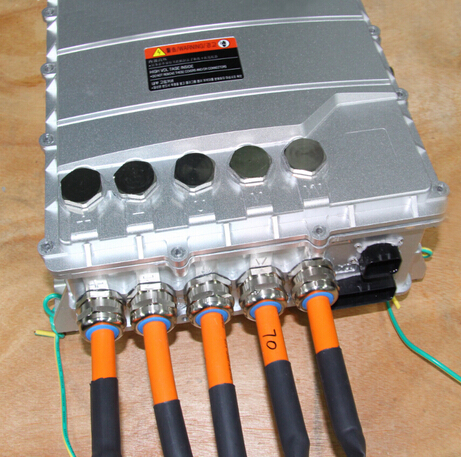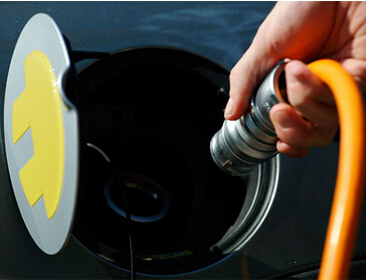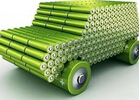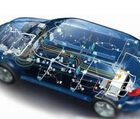"Why can't this charging pile be charged? Is there a problem with my operation?"
"Don't try the brothers. This whole row is bad and you can't fill it. Go to the row below to try your luck," said an enthusiastic electric car owner.
This is a conversation that the chief travel officer often hears at charging stations. In the process of daily use of pure electric vehicles, consumers have the most headache is the charging problem. It will take a lot of time just to find available charging piles around. And it was hard to find, 4 out of 5 piles were bad. Both delay time and affect mood.
"Slow charging, difficult to charge", etc. The drawbacks of the charging process gradually appear. Therefore, how to improve the charging experience of consumption has naturally become the top priority of the "revolution" of charging piles.
So, the question comes, why are our factors?

From the perspective of charging piles, the charging types can be divided into two categories: DC charging piles and AC charging piles.
DC charging piles are also called fast charging piles, which usually use high-power DC charging, that is, storing DC power directly into the battery. However, compared to slow filling piles, the structure of fast filling piles is much more complicated. Because the car charger alone cannot meet the needs of high-voltage input, it needs to be implemented by a built-in charger plus a boost rectifier device. At the same time, high-pressure work will also generate a lot of thermal energy, and additional heat dissipation devices are also needed. This is why consumers often hear that the fan will rotate when they use the fast filling pile in daily use.
However, compared to the huge “movements” issued by fast charging piles during charging, the charging speed has not been increased accordingly, and the peak power is generally only 40kW +.

According to a 2018 bidding document of the State Grid, 60kW DC charging piles are the mainstream of bidding, which is already very slow. But this is only theoretical power. After all, this power is still affected by multiple factors such as the overall load of the power grid, the state of the vehicle's battery cells, and the ambient temperature. Therefore, most of the peak power we experience is only 40kW +.
In other words, it is not that this charging pile 60kW means that it will always charge electric vehicles with rated power, but this is just an ideal value in a theoretical state. In actual use, the power is always changing, which mainly depends on the current power supply capacity of the power grid and the real-time condition of the battery pack. During the charging process, the BMS collects various information from the battery cells, and analyzes and interacts with the charging pile to ensure that the charging power is within the working window of the battery cells.
Similarly, the safety issue of the charging pile is also an important reason for limiting the charging rate.
















 RCCN WeChat QrCode
RCCN WeChat QrCode Mobile WebSite
Mobile WebSite
![[Charge pile principle] electric vehicle charging pile principle Secret](/upload/image/20170504/20170504090205_67304.jpg)






